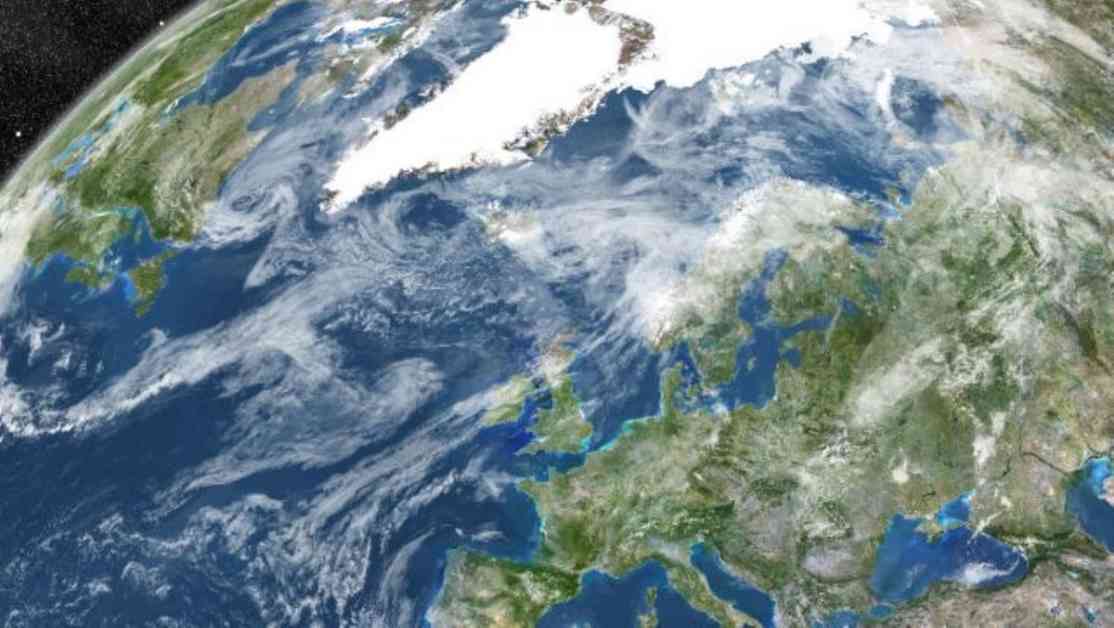Scientists have discovered the importance of the Irminger Sea in driving the key Atlantic currents that help regulate Earth’s climate. This region off southeastern Greenland plays a crucial role in the Atlantic Meridional Overturning Circulation (AMOC), which includes the Gulf Stream and helps maintain a temperate climate in the Northern Hemisphere.
Research shows that the AMOC, which is responsible for regulating weather patterns globally, may be at risk due to climate change. The influx of Arctic meltwater into the North Atlantic is decreasing the density of surface waters, preventing them from sinking and forming bottom currents. This phenomenon is slowing down the AMOC, which could have significant impacts on global climate stability.
The study conducted by Qiyun Ma and his colleagues highlights the urgent need for better monitoring of the Irminger Sea due to its important role in deep-water formation. The release of freshwater into this region inhibits deep-water formation and alters atmospheric circulation patterns, affecting the strength of the AMOC.
The research team used a climate model to simulate the impact of increased freshwater input in various regions, including the Irminger Sea. They found that the Irminger Sea had a greater influence on the AMOC compared to other regions, triggering stronger climate responses and leading to widespread cooling in the Northern Hemisphere.
Additionally, the simulation revealed surprises, such as localized climate extremes in precipitation across North America and the Amazon Basin. Understanding these localized impacts and incorporating them into climate models could help scientists better predict the consequences of a weakened AMOC.
As scientists warn of approaching a tipping point with the AMOC, it is crucial to develop targeted strategies to mitigate and adapt to climate impacts. The insights gained from this research are essential for informing policymakers and climate experts about the potential consequences of a weakened AMOC and the importance of monitoring key regions like the Irminger Sea.










